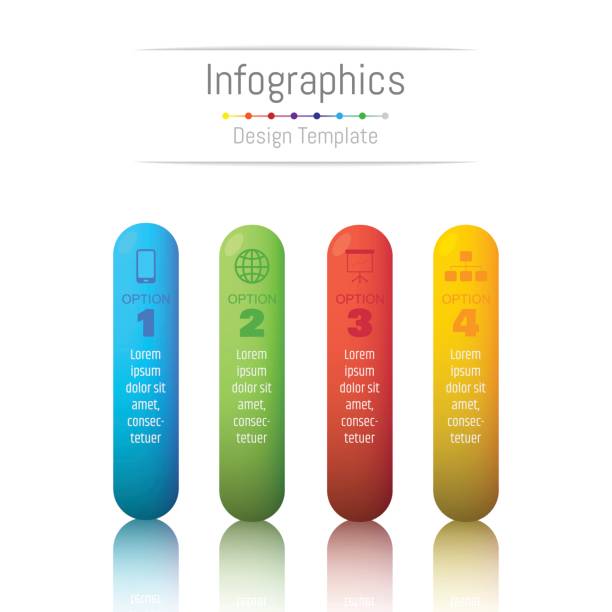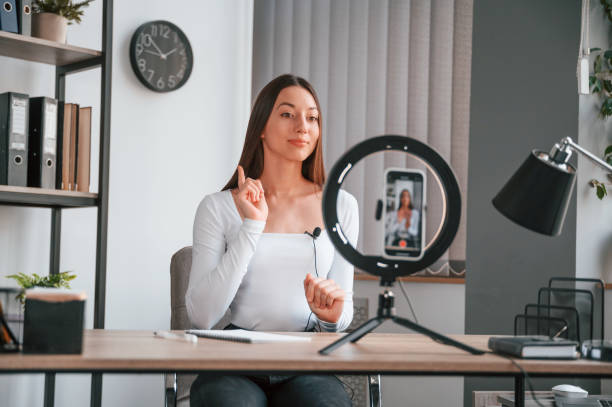Incorrectly using images in blog posts is one of the most common rookie blogger mistakes. Learn how to optimize your images for search engine optimization to increase discoverability and traffic.
You can improve the speed of your website by optimizing blog post images. You improve your site’s ranking and the experience of visitors, thereby increasing blog traffic.
When you are new to blogging, you might not think about image SEO. It can still make a big difference to your search engine ranking.
Google loves fast websites, so having images that load quickly makes a huge difference. Google crawls your website to find pictures. Images optimized with keywords help Google understand what your article is about.
Taking a few additional steps when uploading your featured image and other posts’ images can reap many rewards.
When I first started blogging, I didn’t realize that my large image files were hurting the site.
The page would not load completely if the user waited.
Google also ranked my posts differently because of the way I added images. I didn’t follow the best practices for image SEO.
I don’t wish for new bloggers to make the mistakes I made. Here are some simple steps that will help you get it right the first time!
Disclosure: This post may contain affiliate links. If you click on the link and purchase a product or service, I will receive a small commission. All products and services recommended are based on positive experiences I have had with them. Please read my Disclaimer for more information.
Why is it important to optimize blog post images for SEO?
You’ve heard me mention this before, but optimizing images for SEO can be important.
The reasons for focusing on image SEO are much deeper. Let’s go over all the reasons why it is so important to have optimized pictures on your blog.
Uploading smaller-sized images that are optimized will make the site load faster and create a better experience for users. Google prefers sites that load faster. Your blog will get more organic traffic if you make it faster.
Images that you upload to image search engines will also bring in more traffic.
Google can better understand your blog posts by using optimized images. This will improve your overall SEO ranking.
It can be used to get backlinks. This is especially true if your infographics are original or if you use your photography.
This is an example of my efforts to optimize images for SEO and how they have helped them appear in visual searches. Below, you can see my Pinterest images as well as the feature image.
It’s for this reason, as well as the others I listed above that it’s important to take one more step before publishing your blog post.
You can unsubscribe at any time. For more details, please review our Privacy Policy.
How to Optimize Images for SEO: Five Key Steps
You can improve your SEO by optimizing the images on your blog.
Just a few! These small changes are easy to implement.
As soon as you begin, they will become a part of your routine for writing and publishing blog posts. They are just part of my process now.
They do require some time, but they are worth it.
Let’s start by learning how to optimize your images for SEO so that you can get more traffic to the blog!
Use Quality, Relevant Photos
You may be wondering what quality images have to do with optimizing images for search engine optimization.
You should be aware that Google may display images with alt-text that are not related or poorly edited.
These can lead to a negative perception of your website among Google users.
If you want to get clicks on your blog, then you should make it look professional.
Secondly, using relevant photos brings your text to life.
Use alt-texts and image titles to make your blog more appealing. Google can determine the topic of your blog post by crawling your posts, including images.
All of this helps to promote your website as a high-quality site.
PRO TIP – Use stock photos that you have purchased to make your website look more professional. These photos are easy to use and can help your website look professional. I have shared with you some of my favorite stock photo websites. Styled Stock Society, Ivory Mix, and Suburban Tourist are my favorite stock photo sites for this website.
Use images with the correct dimensions.
What is the correct dimension? You will need to adjust the image size to meet the minimum required for your blog theme to optimize it for SEO.
Images that don’t have the right size will load more slowly.
Google also notices it! See what happens when you check a blog with an incorrectly sized image using the Page Speed Insights Test:
The program tells me I can save 0.15s (seconds) of loading time if I use images that are the right size.
The image size requirements vary depending on the blog theme. Mine, for example, must be 780 pixels wide.
Downloading a large image will take more time. So, I only use the smallest image size.
Use the Colorcinch online photo editors to reduce the size of your stock photo. Open the image with Pixlr in Pixlr, then click Save. Colorcinch: First, resize and save the image.
Save your files as small files that load fast
. Optimizing images can also be done by saving them in smaller files.
Use the Pixlr.com Platform. Slide the level to 70% when you save your image.
Check if your image is not too blurry. Keep it at a maximum of 70%.
When you save the file, the size is greatly reduced.
If you add the smaller image to your blog, it will load faster than if not.
Save your images as JPGs when you have a lot of photos. These image files are best for photos that feature people and things. I also save Pinterest images as JPGs.
If you are using screenshots and icons or your logo, save PNG files.
PRO TIP: Although you are saving your image in a small format with Pixlr, you can go one step further by using an image compression plugin like EWWW Image Optimizer or ShortPixel. The plugin will compress your image when you upload it. You can also use Tiny PNG and Compress JPG sites to compress images before uploading.
Use Proper Title Names For Blog Post Images
Change the title of your image to something related to the blog post.
Google will search for your images and index them in their Images tab. It is a simple but often overlooked method to optimize your images for SEO.
If you want to include your long-tail keyword or blog title in the name of your image instead of DS12045.jpg.
You can find out how to optimize your images for SEO by looking at “How to Optimize Your Images.”
For any further images, I combine the keyword with a brief description.
You can search for images using keywords or titles, such as “How to Optimize Your Images: Proper Names.”




